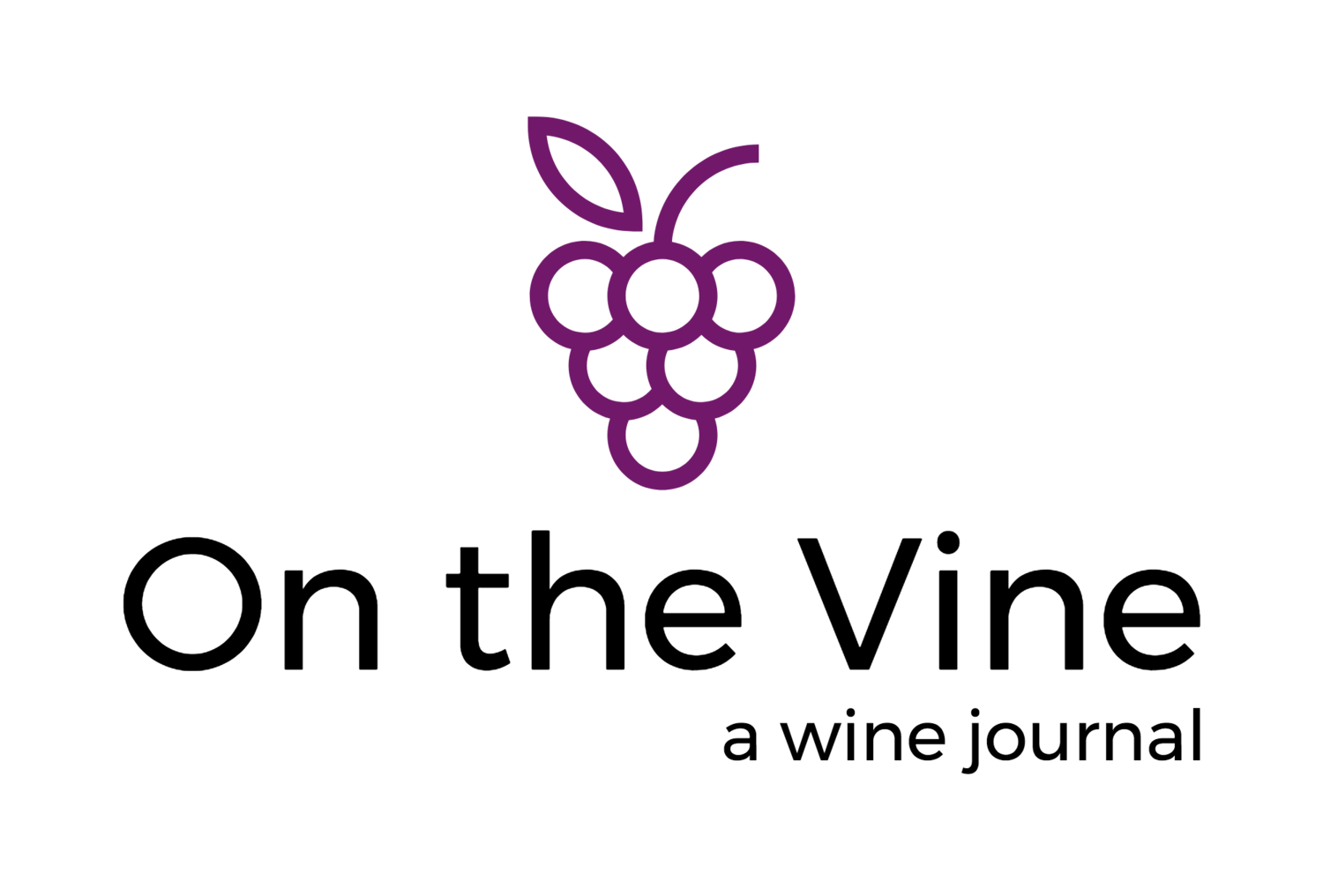It's the Water
/We’re all increasingly interested in the source of our produce and the quality of the ingredients in the food we eat. Similarly, vineyard sustainability and “low intervention” or “natural” winemaking techniques are hot topics among wine drinkers. But what IS wine?
Wine in the making? Photo by mrjn Photography on Unsplash
One answer is right on the label of every bottle: wine contains ethyl alcohol. The alcohol in most wines range between 10 and 15 percent (with some exceptions on both sides of that range). But what is the rest?
The largest component of what’s in your glass of wine is water - 80% to 90%. The water comes from the grapes - it’s as simple as that.
After water and alcohol, the rest is made up of sugar, acid and phenolics - and these are the components that make each wine unique. The amount of sugar that is left over after fermentation (residual sugar) can vary depending on the style of wine (see my two previous blog posts about sugar in wine: part 1 and part 2). Of course, sugar’s sweetness has a big effect on a wine’s taste. But even more interesting are the effects of the relatively miniscule amounts of acid and phenolics.
Wine grapes naturally contain two types of acid: tartaric and malic. Tartaric is the strongest (has the higher pH), is the most prevalent, and makes its way from the grape through the winemaking process into the bottle. Malic acid has a sharp taste of green apple that can be left as is or can be “mellowed” during winemaking by being transformed into lactic acid (so-called “malolactic fermentation”). Lactic acid is also found in dairy products and its presence in wine can lend a smoother mouth feel and greater viscosity. Small amounts of acetic acid and succinic acid are also produced during the winemaking process.
Phenolics are compounds that give a wine its color and contribute to its aromas and flavors. Red wines are colored by anthocyanins and flavonols lend yellow and gold hues to white wines. Tannins, which can result in a mouth-drying sensation, are found in the grape skins and seeds and also can come from the wood the wine was aged in. Vanillin, a flavor compound that tastes like you might expect by its name, is also a contribution of oak barrels. Resveratrol is thought to be good for our heart health, and is behind the claims some people make for wine’s “healthy” properties. These compounds can combine with one another in various ways: for example acid and alcohol can combine to create esters, and oxygen or carbon dioxide (bubbles!) may be dissolved in the liquid. This whole complex of substances is such a small part of wine compared to water and alcohol… and yet it is the sugars, acids and phenolics that distinguish one wine from another.
Obviously this post can only scratch the surface of the huge topic of wine chemistry. But it is amazing how the things we talk about most - a wine’s aromas and flavors - are the result of just a tiny amount of what’s in the glass. It’s really mostly water!
This is the first in a series of posts I am writing as part of the process of studying for the Certified Specialist of Wine (CSW) exam later this year. To learn more about the CSW, visit the Society of Wine Educators website.






